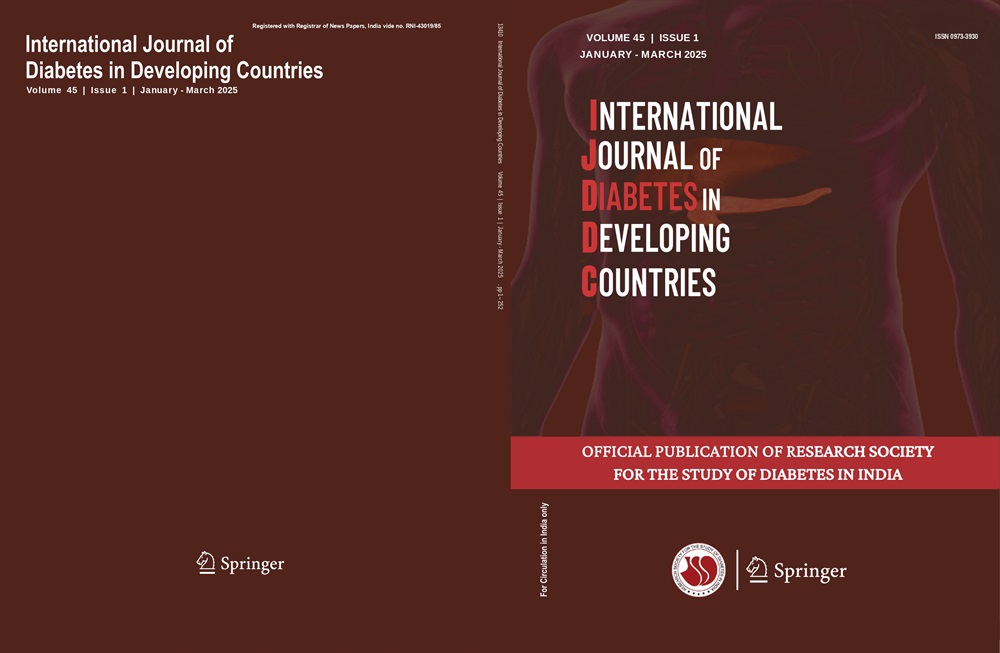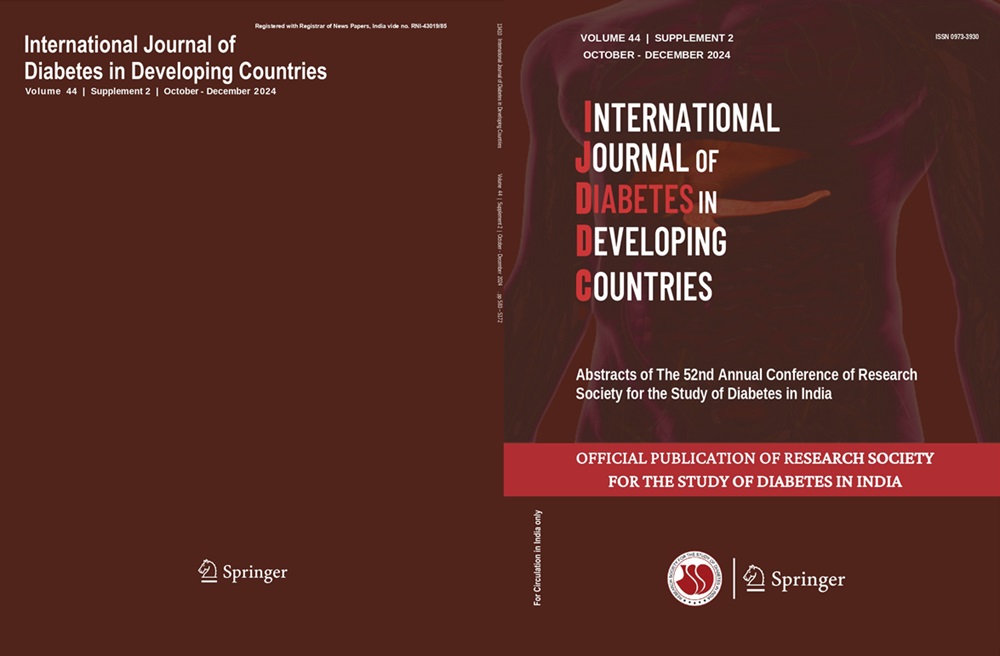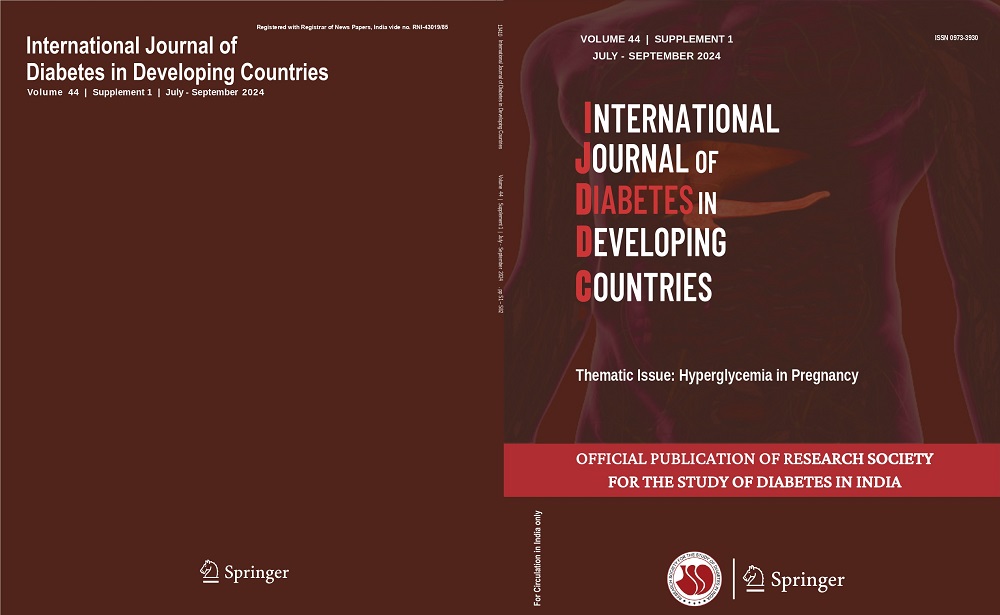Xiaohuan Chen, Jiacheng Shi, Yulan Hu, Huanhuan Ma, Zhonghua Jiang, Bo Lou
Keywords
Type 2 diabetes mellitus • Carotid atherosclerosis • Prediction model • LASSO regression • Stepwise backward regression
Background Diabetes mellitus is a metabolic disease, characterized by chronic hyperglycemia that increases the risk of cardiovascular and cerebrovascular diseases.
Objective The aim of this study was to investigate the risk factors of carotid atherosclerosis in patients with type 2 diabetes mellitus (T2DM), and establish an accurate and simple prediction model for its development.
Methods The data of 435 patients with T2DM were collected from September 2021 to March 2022 at the First People’s Hospital of Linping District. The least absolute shrinkage and selection operator regression and stepwise backward regression were used to screen variables, and multivariate logistic regression analysis was performed to establish a nomogram prediction model.
Results The results showed that the risk factors of T2DM with carotid atherosclerosis included male sex, elderly age, long course of disease, hypertension, cerebral infarction, alcohol drinking, and high level of low-density lipoprotein cholesterol. The models showed good discrimination with an area under the receiver operating characteristic curve of 0.862 (95%CI:0.827–0.898) and 0.871 (95%CI: 0.837–0.905) and a good calibration. The cutoff value of the net reclassification improvement was − 0.0134 (95%CI: − 0.0897 to 0.0496, p = 0.703), and the integrated discrimination improvement was − 0.0163 (95%CI: − 0.0291 to − 0.0036, p = 0.012), indicating that there is no significant difference in the accuracy of the two prediction models, but the prediction probability of model A is slightly worse than that of model B.
Conclusion Two prediction models were developed to assist with the early screening of carotid atherosclerosis in T2DM patients.




